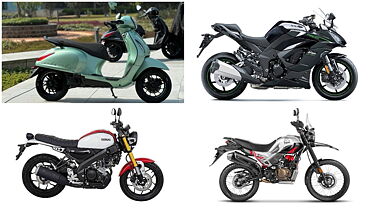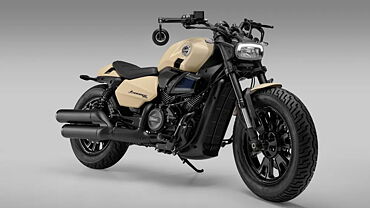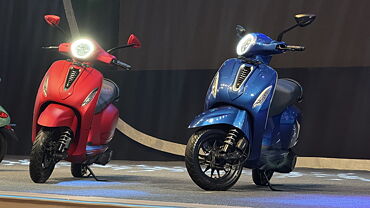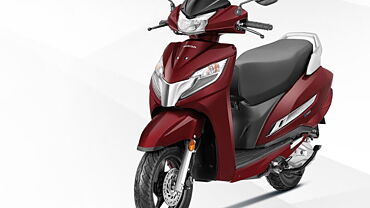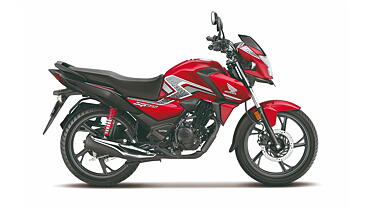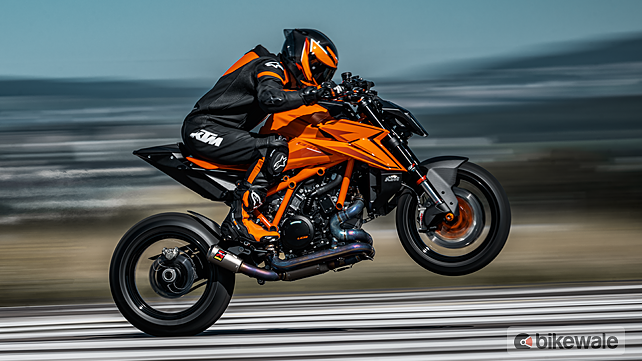
- KTM's cam shift system features two lobes
- Gets variable valve lift and variable valve duration
- Is similar to the BMW ShiftCam tech
KTM recently unveiled the 1390 Super Duke R naked streetfighter in Europe. Being the flagship offering from the Austrian bike maker, the Super Duke R features a suite of electronic wizardry. Still, behind all that tech overload, the motorcycle also comes equipped with a clever variable valve timing system that has caught the attention of many.

Variable valve timing is not a new tech in the motorcycle industry, and we have seen it being offered in various two-wheelers right from a litre-class bike to a 125cc commuter. But, what sets the KTM 1390 Super Duke R apart is that it also gets variable cam duration and cam lift. This variable cam system is similar in principle to BMW's ShiftCam technology.
KTM’s cam shifting system offers a wider spread of power and torque across the rev range. ‘Variable valve duration’ is basically how long the valve can be held open, while ‘variable valve lift’ is how far the valve can be opened. The KTM cam shifting system uses two cam lobes for each valve – mild and wild.

The ‘mild’ cam lobe offers lesser lift and duration, while the ‘wild’ cam lobe provides more lift and duration. KTM uses two solenoid actuators, and a pair of spiral channels to switch between the different cam profiles. The switching time between the two cam profiles is less than 22 milliseconds.

The mild cam profile allows a briefer valve opening but offers more low-end torque, better throttle response, and lesser emissions. On the other hand, the wild cam profile lets more air and fuel into the cylinder, thereby offering better top-end performance.


